Is facial recognition fit for purpose?
It's the newest smartphone trend, but you shouldn't ditch your password just yet
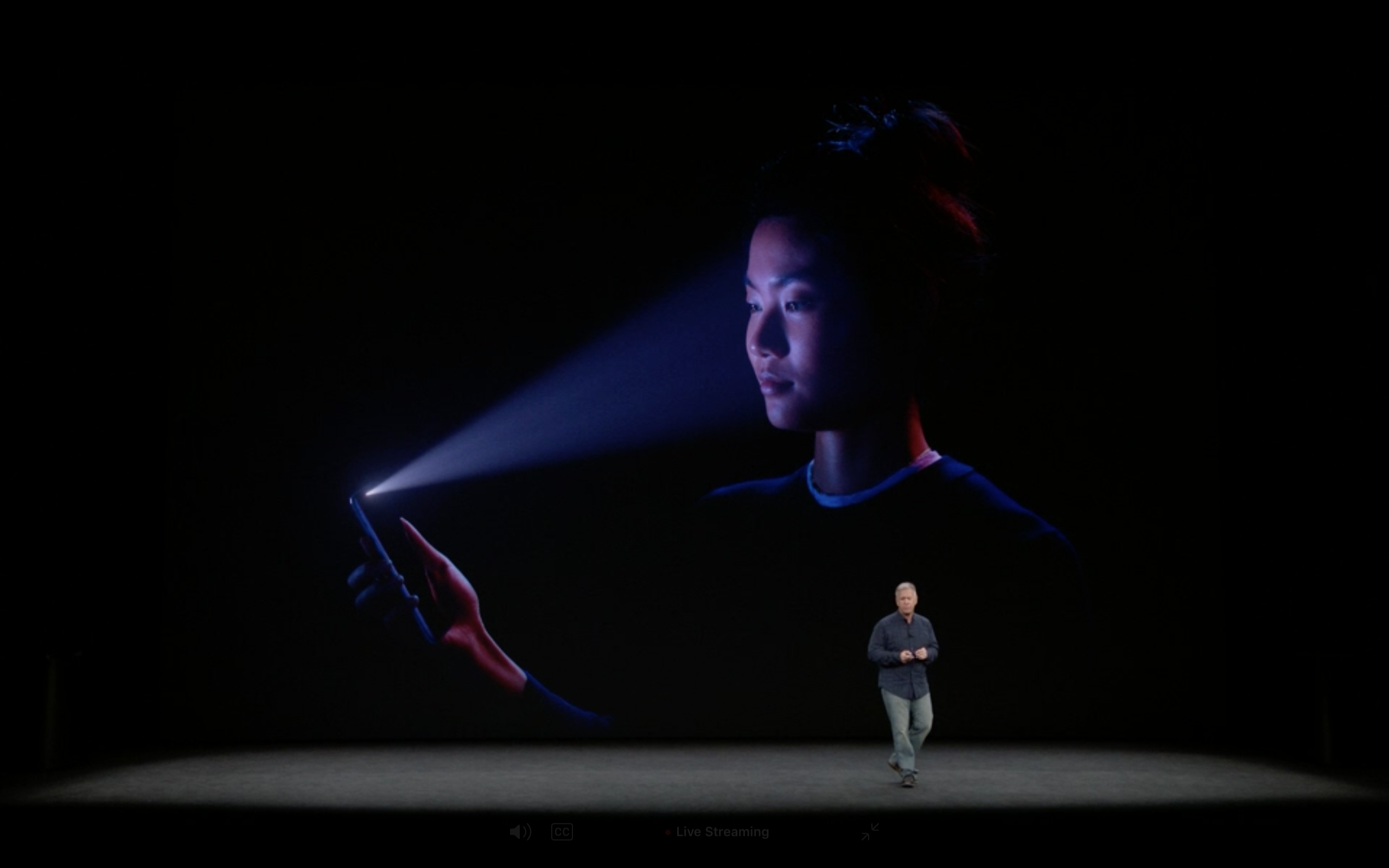

Facial login is getting rather trendy, and there's no doubting its allure. It's part of a move towards systems of authentication that require minimal effort which is to say, we want to log in securely, but we don't want the bother of remembering a PIN or pattern, or even go through the hassle of placing a fingertip in the right area. Why do those things when you can simply glance at a system instead?
Yet the excitement around the prospect of just looking at a device to have it unlock is tempered by the fear that face login might not be that secure. Indeed, it's more than just a fear. There are plenty of examples of facial recognition systems being fooled, including simply by using a photo.
It's probably on our phones that most of us are likely to first use face login on a regular basis, and strong security is immensely important on a device that's likely to hold the most sensitive data, including banking apps.
As plain as the nose...
Those who have incorporated facial login into their products are keen to explain the plus points. For example, Apple publishes copious amounts of information about its Face ID system, noting that "the probability that a random person in the population could look at your iPhone X and unlock it using Face ID is approximately 1 in 1,000,000 (versus 1 in 50,000 for Touch ID)."
OK, but would you want to be that one in a million who lost out? And that's not applicable for adults with twins or siblings that look like them, or for those under 13 for these groups, Apple doesn't give statistics.
And, as David Emm, Principal Security Analyst at Kaspersky Lab pointed out to us, "The problem with biometrics is that unlike passwords or PIN codes, which can be easily modified in the event of compromise, it is impossible to change your fingerprint, iris image or face - if the data is compromised once, it undermines its use for authentication and leaves you open to ID theft."
Establishing liveness
That business of using a photograph to pass face recognition is crucial. There's a concept called 'liveness' that has a vital part to play.
Get the ITPro daily newsletter
Sign up today and you will receive a free copy of our Future Focus 2025 report - the leading guidance on AI, cybersecurity and other IT challenges as per 700+ senior executives
Entersekt develops authentication and mobile app security that's used in 45 countries around the world. Niel Bester the company's SVP Products told us, "Facial recognition software must be able to not only detect the difference between your face and that of another person, but also the difference between your actual face and a picture of your face downloaded from Facebook."
"This ability to identify "liveness" called spoof detection is critical if face login is to be used to protect valuable assets like your bank account," he adds.
Thinking in layers
The key to more secure biometric login is to use your face as part of a mix of different login methods. Robert Capps, vice president, business development at NuData Security Inc., a Mastercard Company, told us that some facial recognition solutions don't offer satisfying results. "The technology is still going through phases of development and adoption it is important always to have a multi-layered authentication solution," says Capps.
Entersekt's Neil Bester agrees there's a need for a layered approach: "There are three factors of authentication, and you want at least two different ones to be present for strong login security. So facial recognition (an inherence factor) can be employed in addition to a PIN (a knowledge factor), or in addition to a unique digital certificate linked to the user's phone (turning the phone into a possession factor)."
"The technology is not impenetrable," he adds. "Biometrics can strengthen login security, but it shouldn't be the only factor (measure) of user authentication."
The future is frictionless but we're not there yet
Biometric data from the face, iris, voice, and even a heartbeat are being used more and more as personal identifiers, and there is general agreement in the security industry that they are the future, where passwords and PINs are the past.
Yet there's some way to go before we have systems that are as foolproof and reliable as we'd like.
Motie Bring, UK general manager for global enterprise eCommerce at Worldpay, believes that multifactor authentication is going to be a reliable middle ground. "Biometrics for payment authentication has been building momentum ever since the launch of Apple's fingerprint technology, but multifactor the use of multiple forms at once is likely to be the way forward.
"Iris scanning, voice and facial recognition are all on the edge of entering the mainstream thanks to their ability to reduce fraud, especially because they can all be done in the background, without the consumer having to actively engage with the activity," he adds.
That future might not be too far away. For today, though, it looks like face login should be regarded as part of the mix, rather than the whole caboodle.

Sandra Vogel is a freelance journalist with decades of experience in long-form and explainer content, research papers, case studies, white papers, blogs, books, and hardware reviews. She has contributed to ZDNet, national newspapers and many of the best known technology web sites.
At ITPro, Sandra has contributed articles on artificial intelligence (AI), measures that can be taken to cope with inflation, the telecoms industry, risk management, and C-suite strategies. In the past, Sandra also contributed handset reviews for ITPro and has written for the brand for more than 13 years in total.
-
 Bigger salaries, more burnout: Is the CISO role in crisis?
Bigger salaries, more burnout: Is the CISO role in crisis?In-depth CISOs are more stressed than ever before – but why is this and what can be done?
By Kate O'Flaherty Published
-
 Cheap cyber crime kits can be bought on the dark web for less than $25
Cheap cyber crime kits can be bought on the dark web for less than $25News Research from NordVPN shows phishing kits are now widely available on the dark web and via messaging apps like Telegram, and are often selling for less than $25.
By Emma Woollacott Published
-
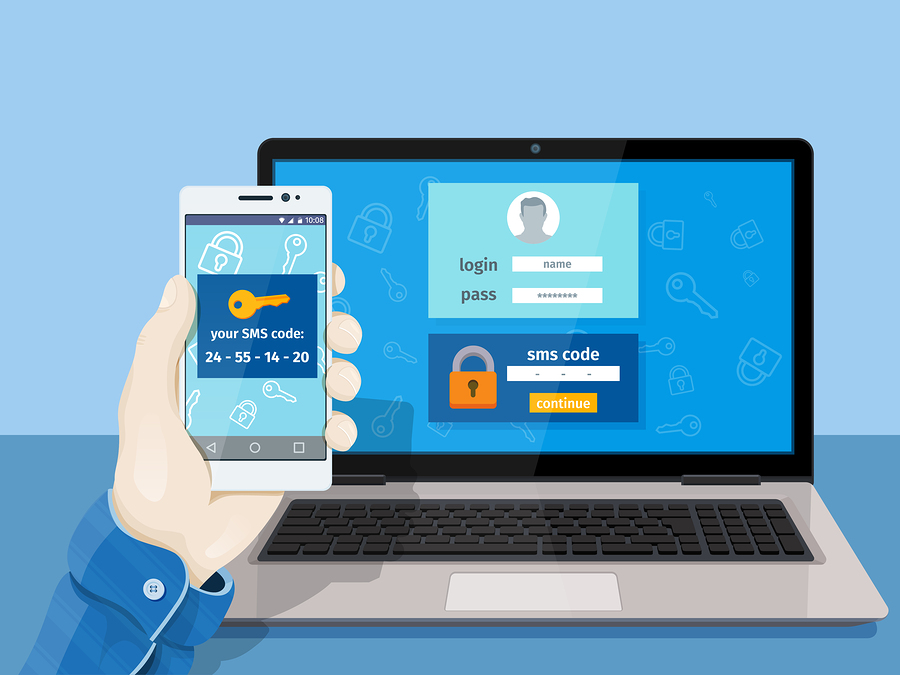 Five things to consider before choosing an MFA solution
Five things to consider before choosing an MFA solutionIn-depth Because we all should move on from using “password” as a password
By Rene Millman Published
-
 The IT Pro Podcast: Going passwordless
The IT Pro Podcast: Going passwordlessIT Pro Podcast Something you are, or something you have, could be more important than a password you know in the near future
By IT Pro Published
-
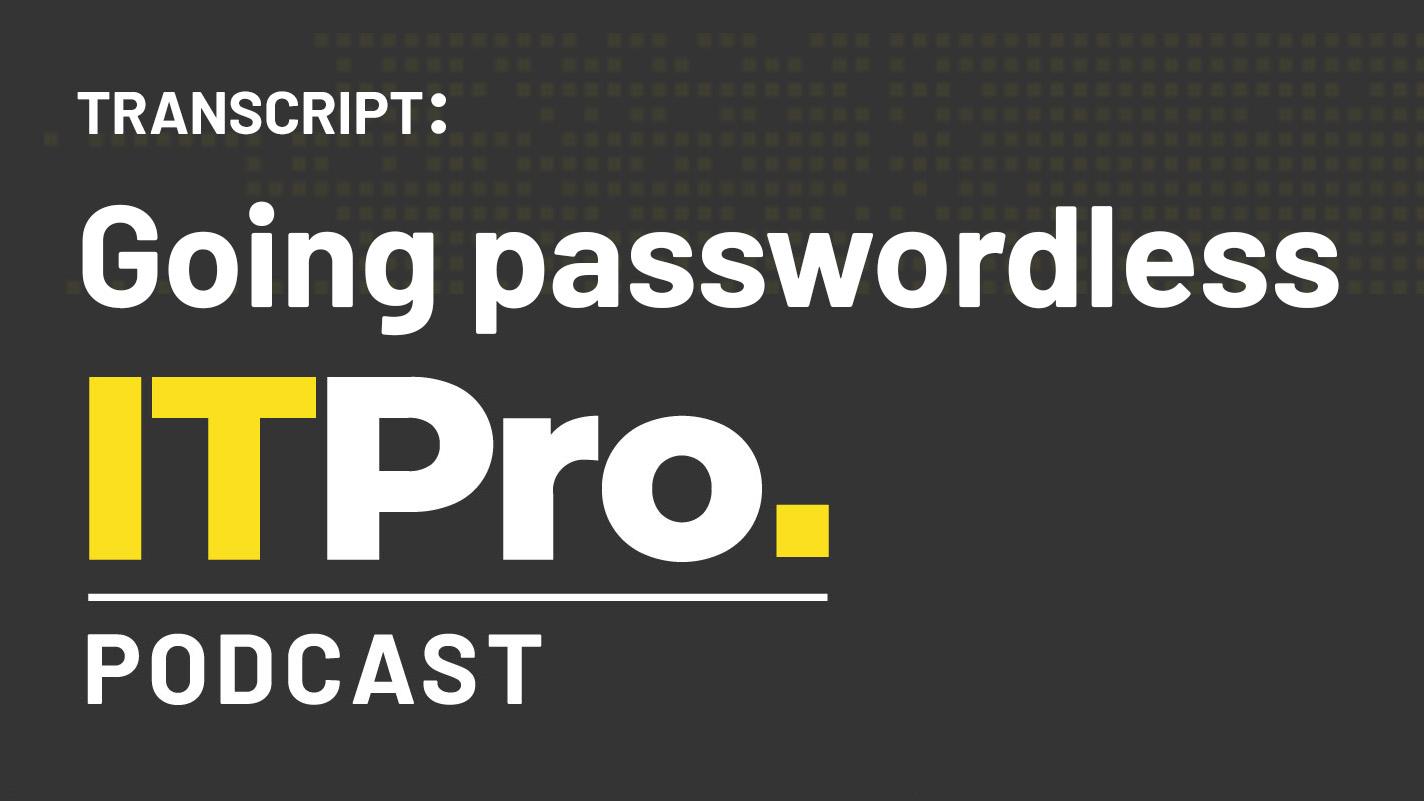 Podcast transcript: Going passwordless
Podcast transcript: Going passwordlessIT Pro Podcast Read the full transcript for this episode of the IT Pro Podcast
By IT Pro Published
-
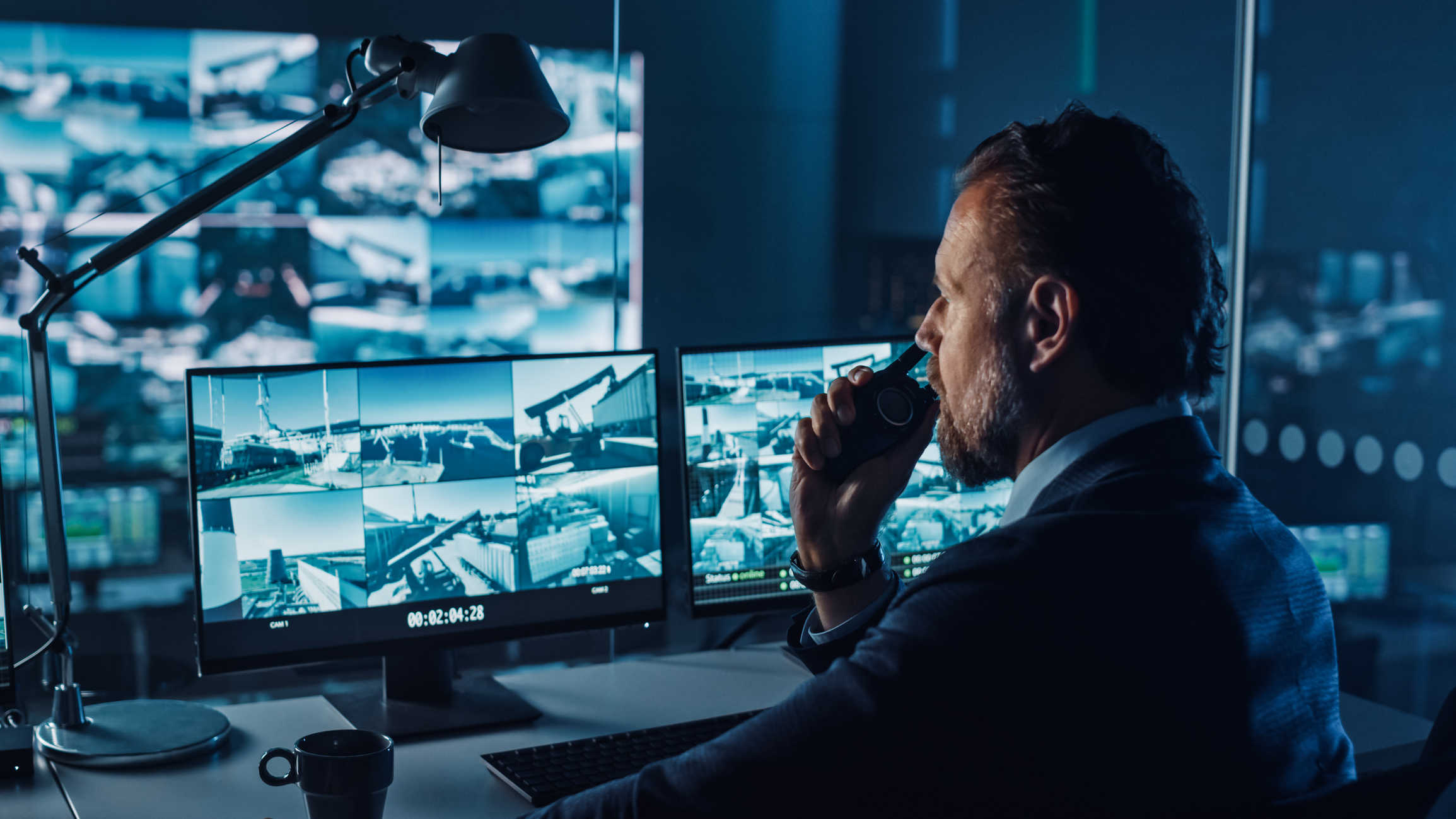 UK police fails ethical tests with "unlawful" facial recognition deployments
UK police fails ethical tests with "unlawful" facial recognition deploymentsNews A University of Cambridge team audited UK police use of the tech and found frequent ethical and legal shortcomings
By Rory Bathgate Published
-
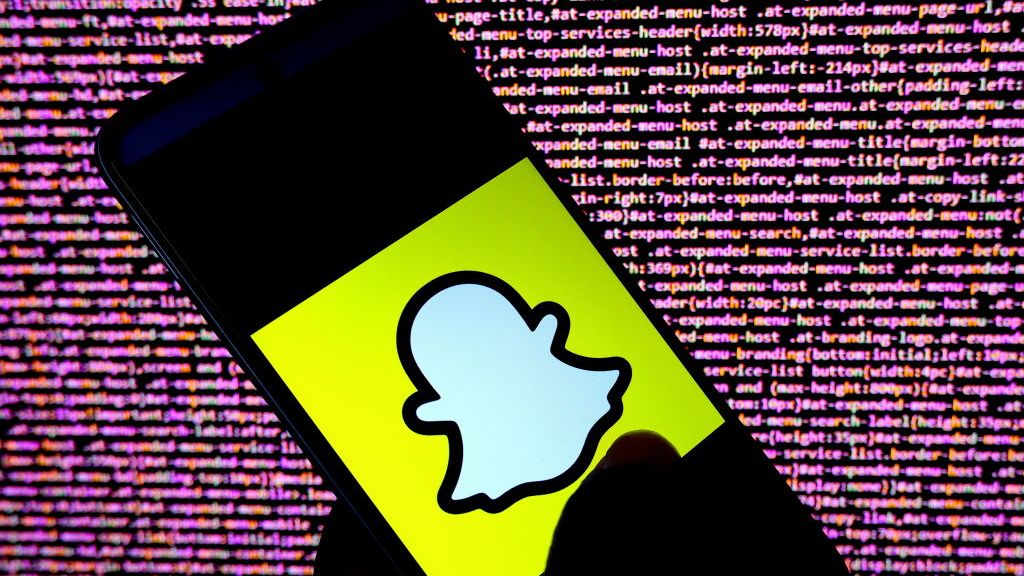 Snapchat settles for $35 million in Illinois biometrics lawsuit
Snapchat settles for $35 million in Illinois biometrics lawsuitNews The social media giant had been accused of improperly collecting, storing facial geometry in violation of state legislation
By Rory Bathgate Published
-
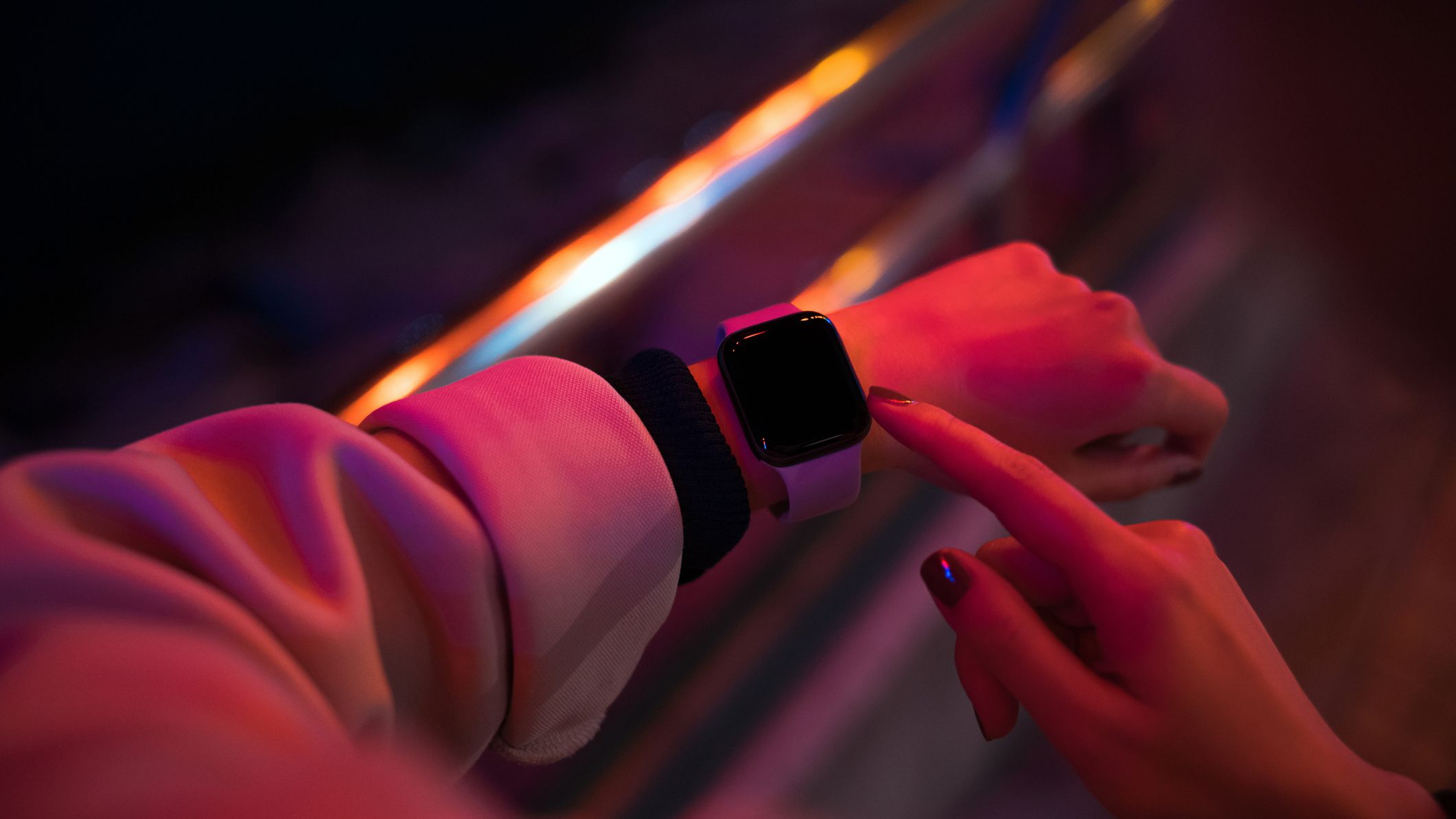 Home Office to collect foreign offenders' biometric data using smartwatch scheme
Home Office to collect foreign offenders' biometric data using smartwatch schemeNews Facial recognition and geolocation data will be matched against Home Office, Ministry of Justice and police databases
By Rory Bathgate Published
-
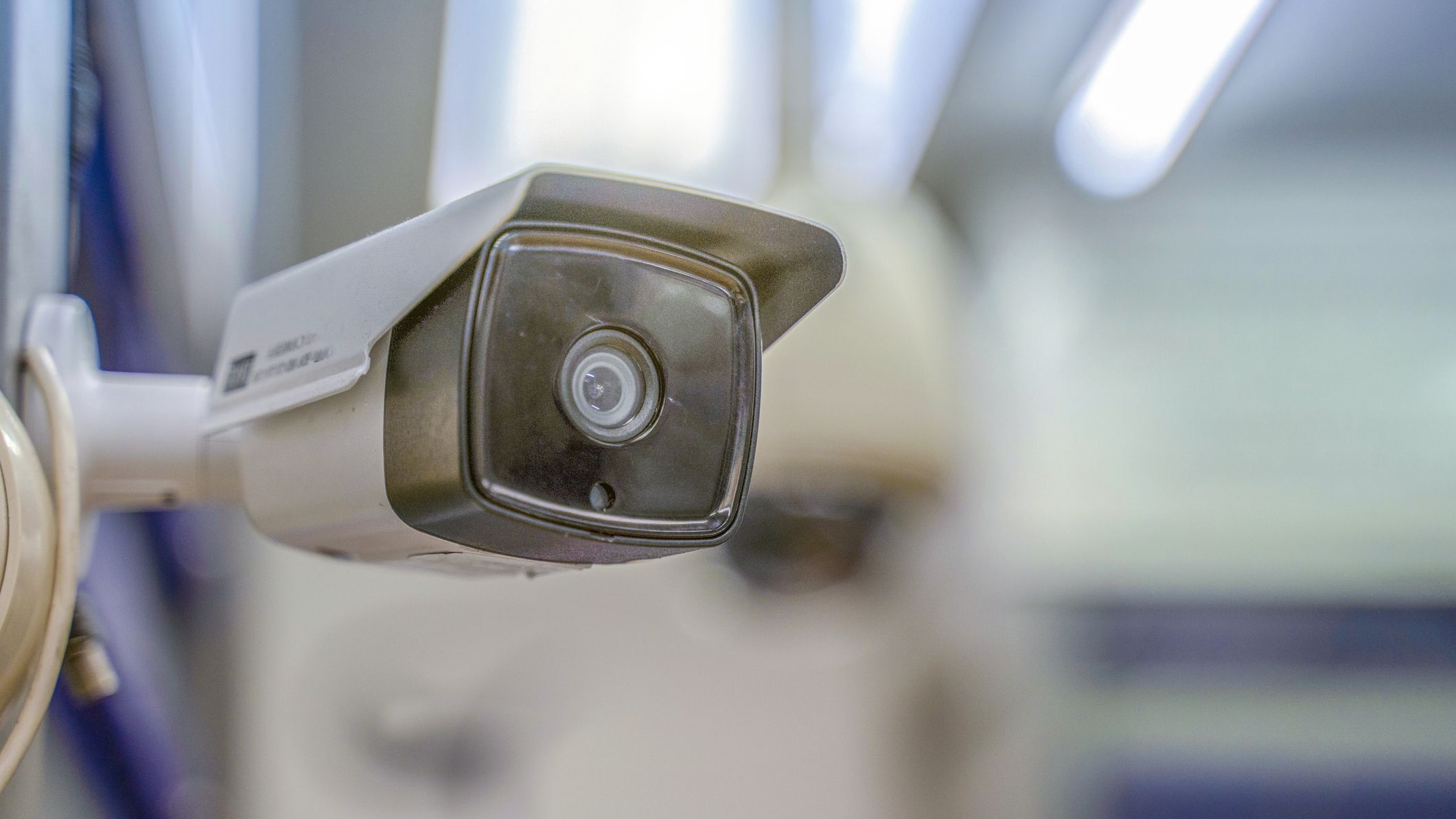 Southern co-operative faces legal complaint for facial recognition CCTV
Southern co-operative faces legal complaint for facial recognition CCTVNews Rights group Big Brother Watch has written to the Information Commissioner to “stop unlawful processing”
By Rory Bathgate Published
-
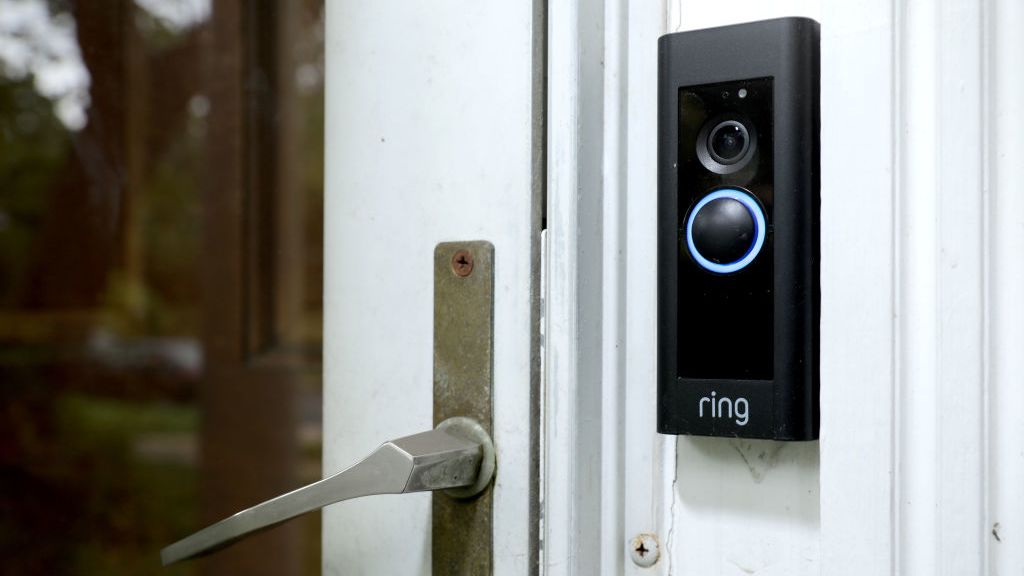 Amazon gave police departments Ring footage without permission
Amazon gave police departments Ring footage without permissionNews The tech giant has done this 11 times this year
By Zach Marzouk Published